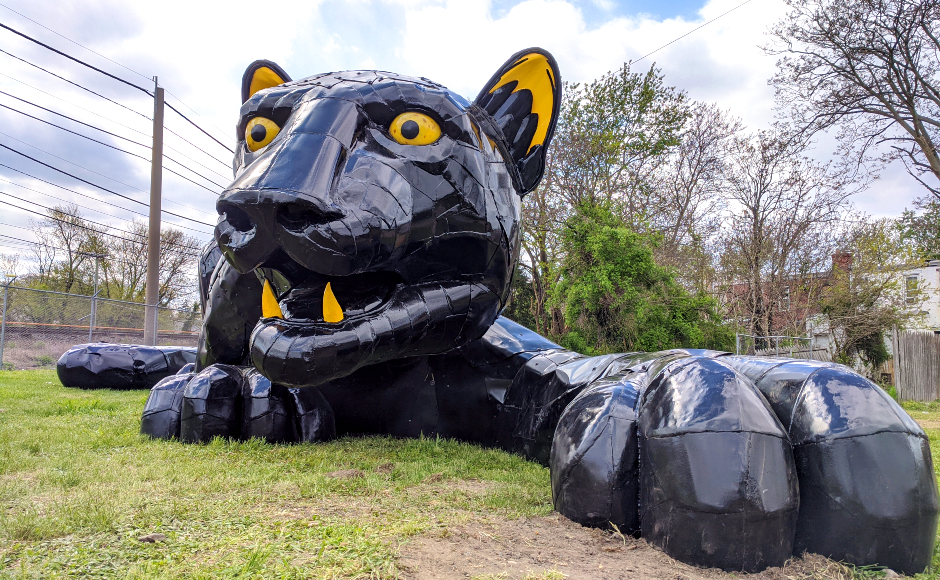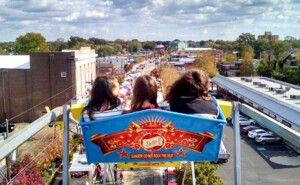 "Invincible Cat" by DKLA Design. Credit: Matt Skoufalos.
"Invincible Cat" by DKLA Design. Credit: Matt Skoufalos. "Invincible Cat" by DKLA Design. Credit: Matt Skoufalos.
"Invincible Cat" by DKLA Design. Credit: Matt Skoufalos.Related posts

NJ Pen Q&A: Joe Matarese
Comedian Joe Matarese hopes his December 27 show at the Scottish Rite will become an annual holiday fixture. Matarese chats about the local connections in his comedy, how he got his start, and the work it takes to build an audience in the age of social media. Sign in or subscribe to continue reading...
December 20, 2025
Haddon Twp. Music Festival Celebrates Year 10 on Haddon Ave.
The township-sponsored concert features 16 local acts on two stages, dozens of food and drink vendors, and a free-to-ride Ferris wheel from 1 to 9 p.m. Saturday, October 11. Sign in or subscribe to continue reading…
October 10, 2025
